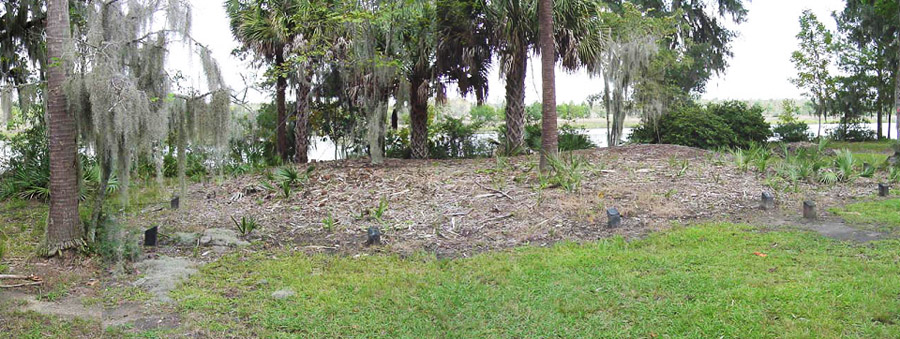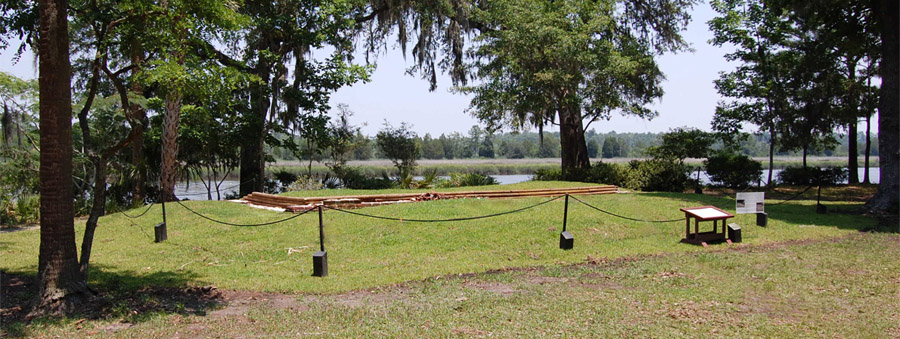Voted the Best Place to See by Condé Nast Traveler.

 Posted by Jessica Garrett, Director of Development
Posted by Jessica Garrett, Director of Development
Returning to work from my Christmas vacation meant that I came back to overflowing mailboxes and a host of piles on my desk for projects in the New Year. That’s par for the course for anyone coming back from vacation, but I guess the point I’m trying to make is that when you are in the midst of determining which emails need responses and which need to be deleted, it’s easy to forget the big picture.
That’s why it was so nice to come in on Tuesday. I had a meeting scheduled with some of Drayton Hall’s landscape donors, which included a presentation by Carter Hudgins, our archaeologist and interim director of preservation. His presentation covered a number of topics—from the mystery image that led to the archaeological dig to improvements on the landscape and research in the Drayton family papers.
And while the entire presentation was interesting and educational, what struck me most were some of the before and after images. They made me realize that it had been a while—too long—since I had stepped away from my desk and onto the grounds to actually look at Drayton Hall. While I may occasionally run over to the house to meet a group or zoom down to the river on a golf cart, it’s usually work-related—I’m usually on a mission and have no time to stop and take everything in.
Some of the images that struck me most were those of the garden house archaeological site. If you don’t remember what it used to look like or if you haven’t seen it in the past six months, you’ll see that the changes are dramatic for a place that is often assumed to never change.

The 1747 Garden House site, as it appeared in 2007. The site had been covered with sand and mulch, and trees had been allowed to grow above, trees whose roots were impacting the remaining walls and foundation of the building.

The 1747 Garden House site, as it appears today. The sand, mulch, and trees have been removed and grass planted around the raised terrace surrounding the building. Visitors can now see the remaing building features along with a sketch showing what the structure looked like when it was built.
More information about the project can be found on the Project Diaries posted on the Drayton Hall website .